In J.R.R. Tolkien's epic saga The Lord of the Rings, the Elves stood as beacons of light against the encroaching darkness of Sauron. Their resilience in the face of corruption stemmed from their deep connection to the natural world and their innate wisdom.
The Elves' resistance to Sauron's influence was rooted in their mastery of the Three Rings of Power, which they used to preserve and protect their realms. Unlike the Nine Rings given to Men or the Seven given to the Dwarves, the Elven Rings were crafted without Sauron's direct involvement, allowing them to remain untainted by his malice.
The struggle between light and shadow in Middle-earth was embodied in the Elves' unwavering resistance to Sauron's corruption. Their immortality and deep understanding of the world's history gave them unique insight into the nature of evil, enabling them to recognize and reject the Dark Lord's deceptions. This steadfast opposition to darkness made the Elves formidable allies in the fight against Sauron's dominion over Middle-earth.
The Nature of Elves in Tolkien's Universe
J.R.R. Tolkien's Lord of the Rings elves possess unique qualities that set them apart from other races. Their immortality, deep connection to nature, and inherent magical abilities make them formidable allies against the forces of darkness.
Immunity to the Dark Lord's Influence
Elves demonstrate a remarkable resistance to Sauron's corruption. Their innate purity and wisdom act as a shield against the Dark Lord's influence. This immunity stems from their divine origins and close ties to the Valar.
Elven rings of power, unlike those given to men and dwarves, remain untainted by Sauron's malice. The Three Elven Rings - Narya, Nenya, and Vilya - preserve and protect Elven realms from decay and corruption.
Their long lifespans give Elves a unique perspective on the struggles against evil. They carry memories of past battles and victories, strengthening their resolve to resist darkness.
Elven Magic and Purity
Elven magic in Middle-earth is subtle yet powerful. It manifests in their ability to craft enchanted objects, heal wounds, and commune with nature. This magic is intrinsically tied to their purity of spirit.
Elven craftsmanship produces items of great beauty and power, such as the phial of Galadriel and lembas bread. These creations often prove crucial in the fight against Sauron's forces.
Their connection to the natural world allows Elves to blend seamlessly with their surroundings. This skill aids them in defending their realms and confounding their enemies.
Elven healing abilities, rooted in their pure nature, can mend both physical and spiritual wounds inflicted by dark forces.
Galadriel's Leadership in Lothlórien
Galadriel, one of the most powerful Elves in Middle-earth, exemplifies the strength of Elven resistance against Sauron. Her leadership in Lothlórien creates a bastion of light in a darkening world.
Galadriel's realm remains hidden and protected through her mastery of Elven magic. The power of her ring, Nenya, preserves the beauty and timelessness of Lothlórien.
Her wisdom and foresight guide not only the Elves but also play a crucial role in the quest to destroy the One Ring. Galadriel's gifts to the Fellowship demonstrate her commitment to resisting Sauron's influence beyond her own borders.
Galadriel's personal struggle against temptation, when offered the One Ring, highlights the inner strength of Elves in rejecting corruption.
The History of Sauron's Rise and Corruption
Sauron's ascent to power was marked by deception, manipulation, and the creation of powerful artifacts. His influence spread across Middle-earth, corrupting both Elves and Men.
Annatar: The Deceiver
Sauron adopted the guise of Annatar, the "Lord of Gifts," to infiltrate Elven realms. He appeared fair and wise, offering knowledge of craft and magic. Many Elves welcomed him, unaware of his true identity.
In Eregion, Annatar gained the trust of the Elven smiths. He taught them advanced techniques in ring-making. The Elves were eager to learn, believing his gifts would help preserve their realms.
Celebrimbor, grandson of Fëanor, worked closely with Annatar. Together, they created wondrous works of power and beauty. But Sauron's true intentions remained hidden, as he plotted to dominate all of Middle-earth.
The Forging of the Rings of Power
The Rings of Power were crafted in the Second Age. Nineteen rings were made: three for the Elves, seven for the Dwarves, and nine for Men. Each ring granted its bearer great power and the ability to preserve their realms.
Secretly, Sauron forged the One Ring in the fires of Mount Doom. This master ring was designed to control all others. When Sauron put on the One Ring, the Elves became aware of his true identity and removed their rings.
The Nine rings corrupted Men, turning them into the Nazgûl. The Seven rings of the Dwarves were less effective, as Dwarves proved resistant to domination. The Three Elven rings remained untainted, hidden from Sauron's grasp.
The Fall of Númenor and Rise of Mordor
Sauron's influence extended to Númenor, the great island kingdom of Men. He allowed himself to be taken captive by the Númenóreans, using his cunning to corrupt their leadership from within.
As an advisor to King Ar-Pharazôn, Sauron encouraged worship of Morgoth. He convinced the king to attack Valinor, leading to Númenor's destruction. Sauron's physical form was destroyed in the cataclysm, but his spirit endured.
Returning to Middle-earth, Sauron established Mordor as his stronghold. He built the Dark Tower of Barad-dûr and amassed great armies. From Mordor, Sauron sought to dominate all of Middle-earth, setting the stage for the War of the Last Alliance.
The Lord of the Rings Elves' Creation and Protection of the Three Rings
The Three Rings of Power stood as a testament to Elven craftsmanship and wisdom. These magical artifacts played a crucial role in preserving Elven realms and resisting Sauron's influence.
Secrets of the Elven Rings' Forging
Celebrimbor, grandson of Fëanor, forged the Three Rings in secret. Named Vilya, Narya, and Nenya, they embodied the elements of air, fire, and water respectively.
Unlike the other Rings of Power, Sauron never touched these during their creation. This key difference allowed them to remain untainted by his direct corruption.
The Three Rings possessed the power to preserve and protect. They could ward off the decay of time and postpone the weariness of the world, making them invaluable to the Elves who sought to maintain their realms.
Galadriel and the Three Rings
Galadriel, one of the mightiest and wisest of the Elves, played a significant role in safeguarding the Three Rings. She became the keeper of Nenya, the Ring of Water.
With Nenya's power, Galadriel maintained the beauty and protection of Lothlórien. The ring allowed her to preserve her realm as a haven of peace and beauty in Middle-earth.
Galadriel's wisdom and strength were crucial in resisting Sauron's influence. She understood the rings' potential for both good and evil, using Nenya's power responsibly.
The Role of Elrond and Gil-Galad
Elrond and Gil-Galad were entrusted with the other two Elven Rings. Gil-Galad initially held both Vilya and Narya, later passing Narya to Círdan the Shipwright.
Elrond received Vilya from Gil-Galad before the latter's death. With the Ring of Air, Elrond established and maintained Rivendell as a stronghold against evil.
These Keepers of the Three Rings used their powers to create safe havens for Elves and their allies. Their wisdom and strength were vital in the fight against Sauron's growing darkness.
Influence of the One Ring and Resistance

The One Ring exerted a powerful influence over Middle-earth, yet the Elves demonstrated remarkable resistance to its corruption. Their resolve and the quest to destroy the Ring shaped the fate of all races.
Temptation of Power: Elven Lords' Resolve
The Elven rulers faced intense temptation from the One Ring's allure. Galadriel, in particular, was offered the Ring by Frodo but refused, recognizing its corrupting nature. Her rejection exemplified the Elves' wisdom and strength.
Elrond and Círdan also resisted the Ring's pull. They understood its true purpose as a tool of domination created by Sauron. This knowledge allowed them to maintain their integrity and oppose the Dark Lord's influence.
The Elves' resistance stemmed from their deep connection to the light of Valinor. This divine essence fortified their spirits against the Ring's dark magic.
The Quest to Destroy the One Ring
The decision to destroy the One Ring marked a turning point in the war against Sauron. Elrond called the Council of Elrond, gathering representatives from all free peoples of Middle-earth.
The Council debated the Ring's fate, with some proposing to use it against Sauron. However, the Elves' wisdom prevailed, recognizing that any use of the Ring would lead to corruption.
Frodo volunteered to carry the Ring to Mordor, embodying the humility and courage needed to resist its influence. The Elves supported this mission, providing guidance and resources.
Frodo and the Fellowship's Journey
Frodo's quest as the Ring-bearer tested the limits of mortal resistance to the One Ring's corruption. The Fellowship of the Ring formed to protect and aid him on this perilous journey.
Throughout their travels, the Ring's influence grew stronger. It preyed on the fears and desires of the Fellowship members. Boromir succumbed to its temptation, while others like Aragorn and Legolas remained steadfast.
Frodo's inner struggle intensified as he neared Mount Doom. The Ring's power over him increased, challenging his resolve. Sam's unwavering support proved crucial in helping Frodo resist the Ring's corruption until the very end.
Key Locations in the Elves' Battle Against Darkness
The Lord of the Rings Elves fought against Sauron's corruption in several strategic locations in Middle-earth. These sites played crucial roles in the struggle between light and shadow.
Sanctuary of Rivendell
Rivendell, also known as Imladris, served as a bastion of Elven resistance against the forces of darkness. Founded by Elrond, this hidden valley provided refuge for those opposing Sauron's influence. Its location was carefully chosen for its defensibility and natural beauty.
Rivendell's libraries housed ancient lore and artifacts that proved invaluable in the fight against evil. The Last Alliance of Elves and Men was forged here, uniting the free peoples of Middle-earth against Sauron's armies.
The power of Vilya, one of the three Elven rings, helped protect Rivendell from corruption. This allowed it to remain a sanctuary of wisdom and healing throughout the Third Age.
Mysteries of Mirkwood's Dol Guldur
Dol Guldur, a fortress in southern Mirkwood, became a stronghold of darkness under Sauron's influence. Its presence corrupted the surrounding forest, transforming it from Greenwood the Great into the perilous Mirkwood.
The Elves of the Woodland Realm, led by Thranduil, fought tirelessly against the shadow emanating from Dol Guldur. They worked to contain its malevolent influence and protect their realm from encroaching evil.
The White Council, including powerful Elves like Galadriel and Elrond, eventually drove Sauron from Dol Guldur. This victory was short-lived, as the Dark Lord soon returned to Mordor.
Khazad-dûm: Dwarves and Elven Alliance
Khazad-dûm, the great Dwarven city beneath the Misty Mountains, played a unique role in the Elves' struggle against darkness. The friendship between Elves and Dwarves in this realm was crucial for maintaining stability in the region.
Celebrimbor of Eregion forged an alliance with the Dwarves of Khazad-dûm, exchanging knowledge and craftsmanship. This partnership strengthened both realms against the growing threat of Sauron.
The fall of Khazad-dûm to the Balrog known as Durin's Bane disrupted this alliance. It created a dangerous passage through the mountains, complicating Elven efforts to defend against the forces of darkness.
The Wider Context of Middle-Earth's Struggle
The conflict between light and shadow in Middle-earth extended far beyond the Elves' resistance to Sauron. It encompassed the entire fabric of Tolkien's world, involving diverse races and cosmic forces.
Influence of Greater Valinor
Valinor, the Undying Lands, played a crucial role in Middle-earth's struggle against darkness. The Valar, powerful angelic beings, guided and supported the forces of good from afar. Their light and wisdom flowed into Middle-earth through the Elves who had dwelt in Valinor.
These Elves brought knowledge and power that helped resist Sauron's corruption. The Silmarils, jewels containing the light of the Two Trees of Valinor, became potent symbols of hope and purity.
Valinor's influence waned over time, but its legacy remained. The wizards, like Gandalf, were emissaries sent by the Valar to aid in the fight against evil.
Races of Middle-Earth and Their Roles
Each race in Middle-earth contributed uniquely to the struggle against darkness:
- Elves: Immortal, wise, and skilled in magic
- Men: Mortal but adaptable, with potential for great good or evil
- Dwarves: Skilled craftsmen, resistant to corruption but susceptible to greed
- Hobbits: Small and often overlooked, yet crucial in the final defeat of Sauron
The fragmentation of languages and peoples, especially among Elves, reflected the gradual decline of Middle-earth. This splintering weakened the united front against evil but also created diverse pockets of resistance.
The Ents and Nature's Response to Evil
The Ents, ancient tree-shepherds, represented nature's consciousness and its reaction to the spreading shadow. Long dormant, they awakened to defend the forests against Saruman's destructive industrialization.
Their involvement highlighted how Sauron's evil affected not just sentient races, but the very land itself. The Ents' march against Isengard symbolized nature's rebellion against corruption and destruction.
Other natural forces, like the Great Eagles, also played pivotal roles in key moments of the struggle. Their aid demonstrated that the fight against evil encompassed all aspects of Middle-earth, from the mightiest beings to the humblest creatures.
Cinematic Adaptations and Cultural Impact
The Lord of the Rings and its elves have made a significant impact on cinema and popular culture. Its transition from beloved books to acclaimed films and streaming series has captivated audiences worldwide.
From Text to Screen: Prime Video's Portrayal
Prime Video's adaptation of Tolkien's world brings new life to Middle-earth. The series explores the Second Age, a period only briefly touched upon in Tolkien's writings. Its high production values and attention to detail honor the source material while expanding the lore.
The show's diverse cast and updated visual effects offer a fresh perspective on familiar themes. Elven characters are portrayed with nuance, showcasing their struggle against corruption. This adaptation balances fidelity to Tolkien's vision with modern storytelling techniques.
Prime Video's interpretation introduces new audiences to the rich mythology of Middle-earth. It also provides longtime fans with a deeper exploration of previously untold stories.
Lord of the Rings and Its Legacy
The Lord of the Rings changed cinema culture forever. Peter Jackson's film trilogy set new standards for fantasy adaptations. It proved that epic, high-fantasy narratives could achieve both critical acclaim and commercial success.
The films' impact extends beyond the box office. They inspired a new generation of filmmakers and storytellers. The trilogy's success paved the way for other complex fantasy adaptations on both big and small screens.
Tolkien's themes of good versus evil, friendship, and the corrupting influence of power resonated with global audiences. The films' visual representation of these themes brought Tolkien's world to life for millions of new fans.
Anticipation for Season 2 of the Series
Prime Video's announcement of a second season has generated significant buzz among fans. Viewers eagerly await further exploration of Middle-earth's Second Age. The continuation promises to delve deeper into the conflicts and characters introduced in the first season.
Expectations are high for expanded storylines and character development. Fans hope to see more of the Elves' struggles against Sauron's influence. The series has the opportunity to further flesh out Tolkien's world and themes.
Production details remain closely guarded, fueling speculation and theories. This anticipation demonstrates the enduring appeal of Tolkien's creation and its ability to captivate new generations of fans.

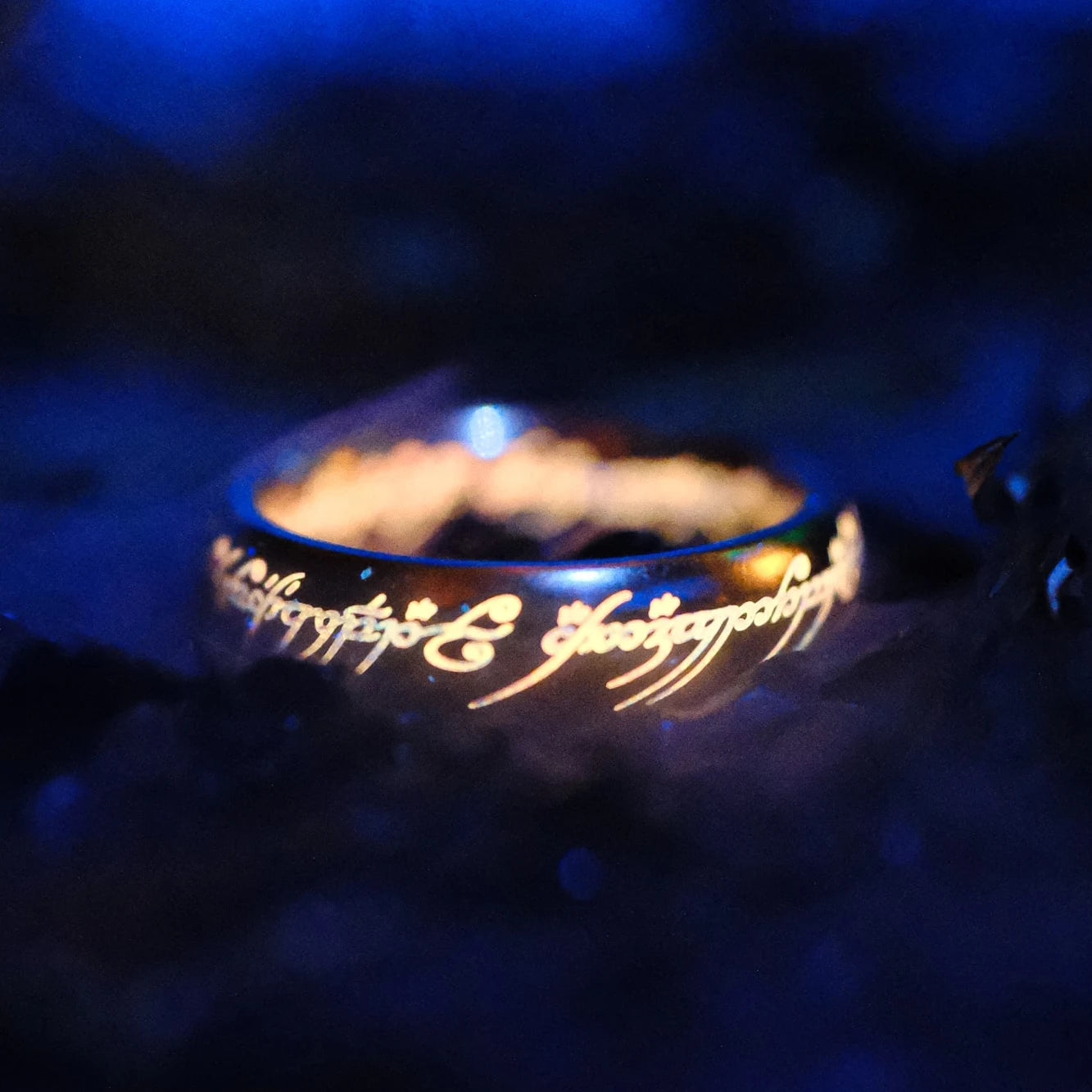
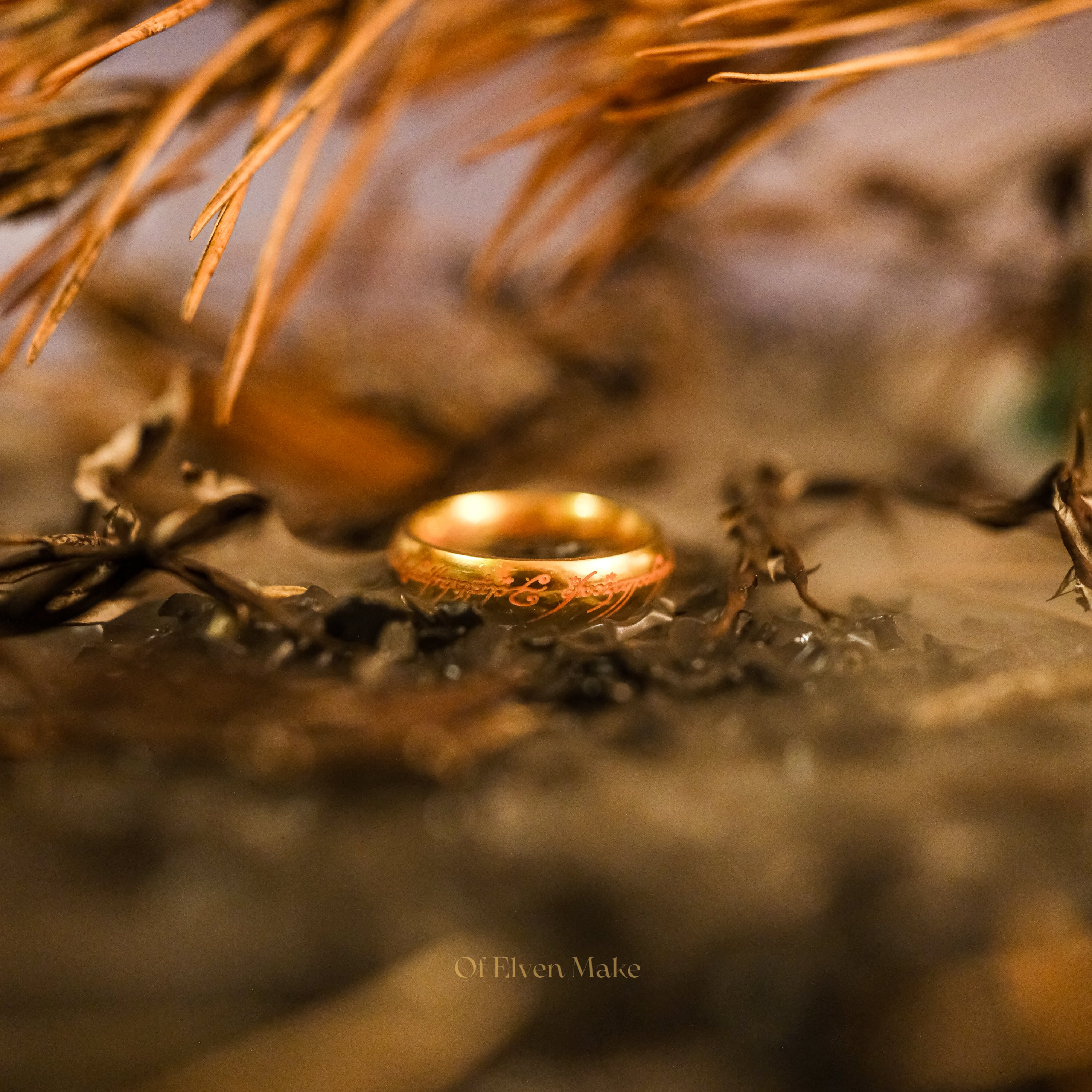
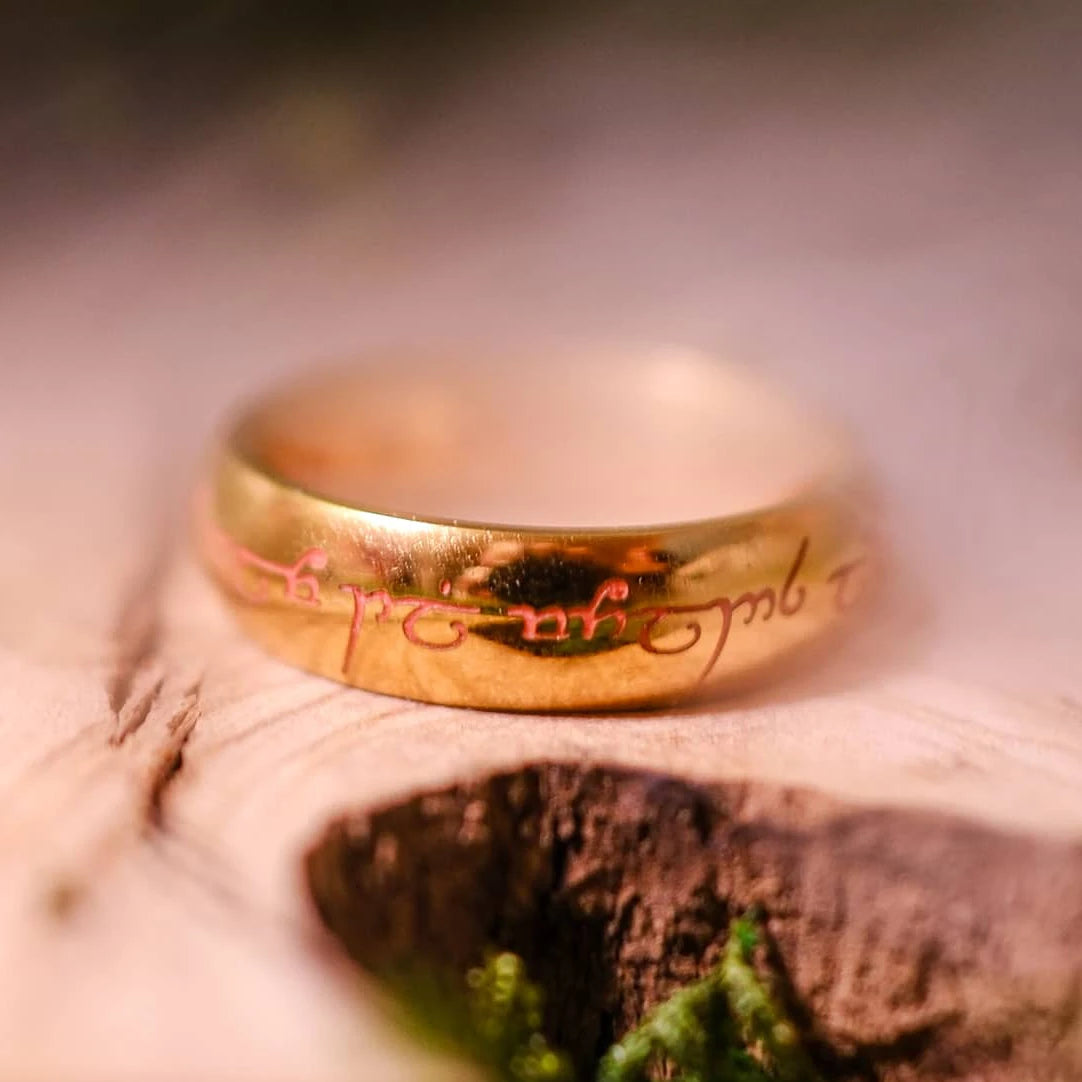
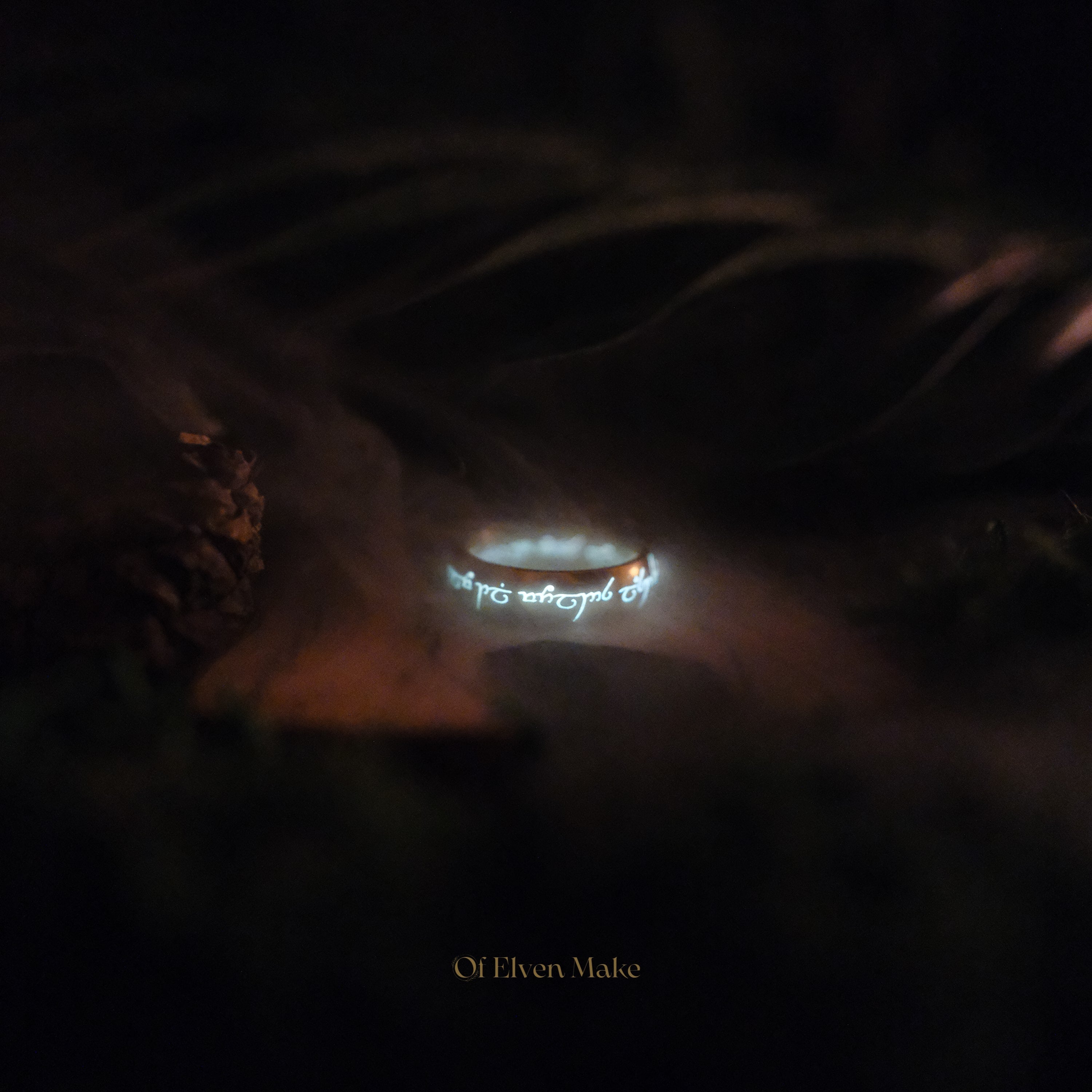
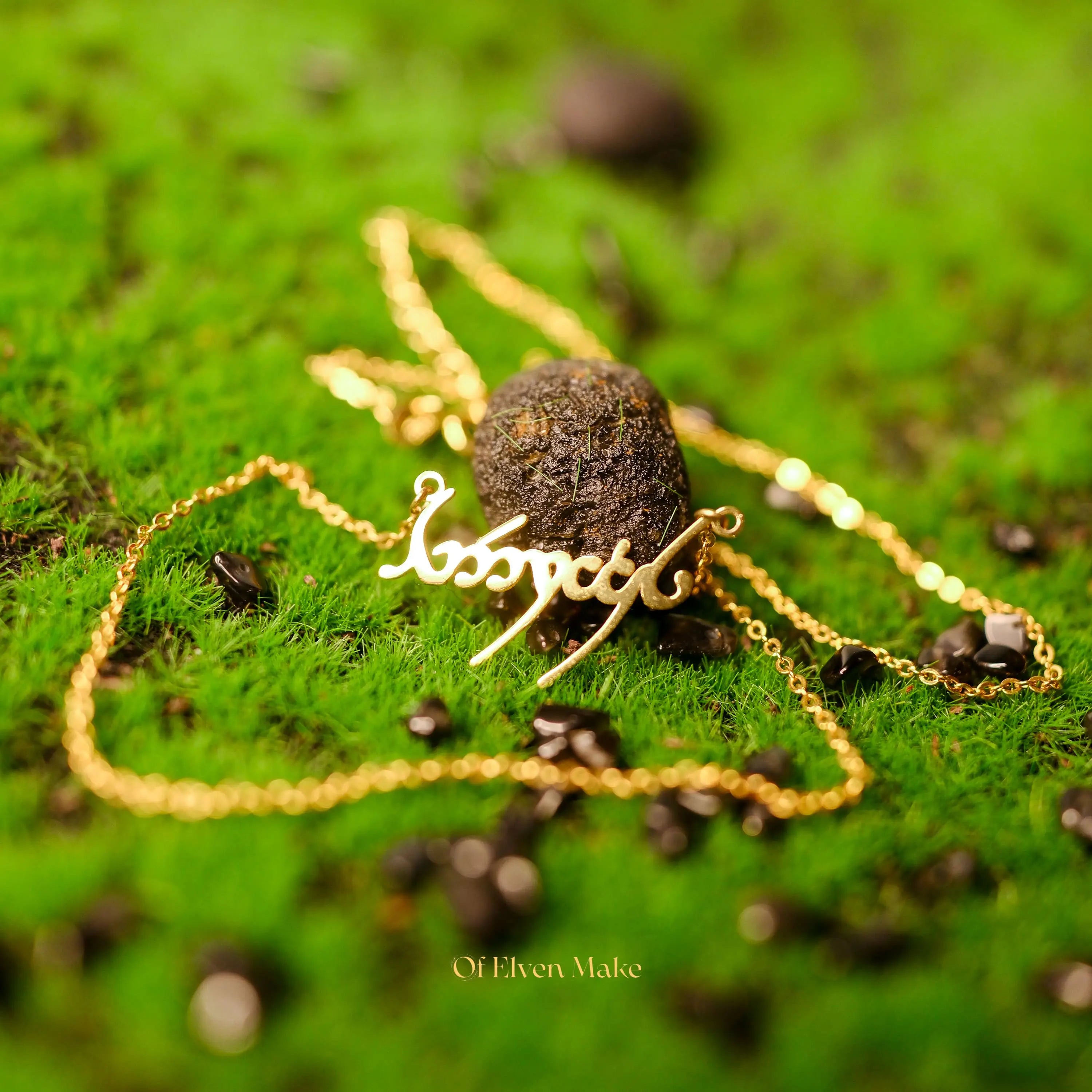


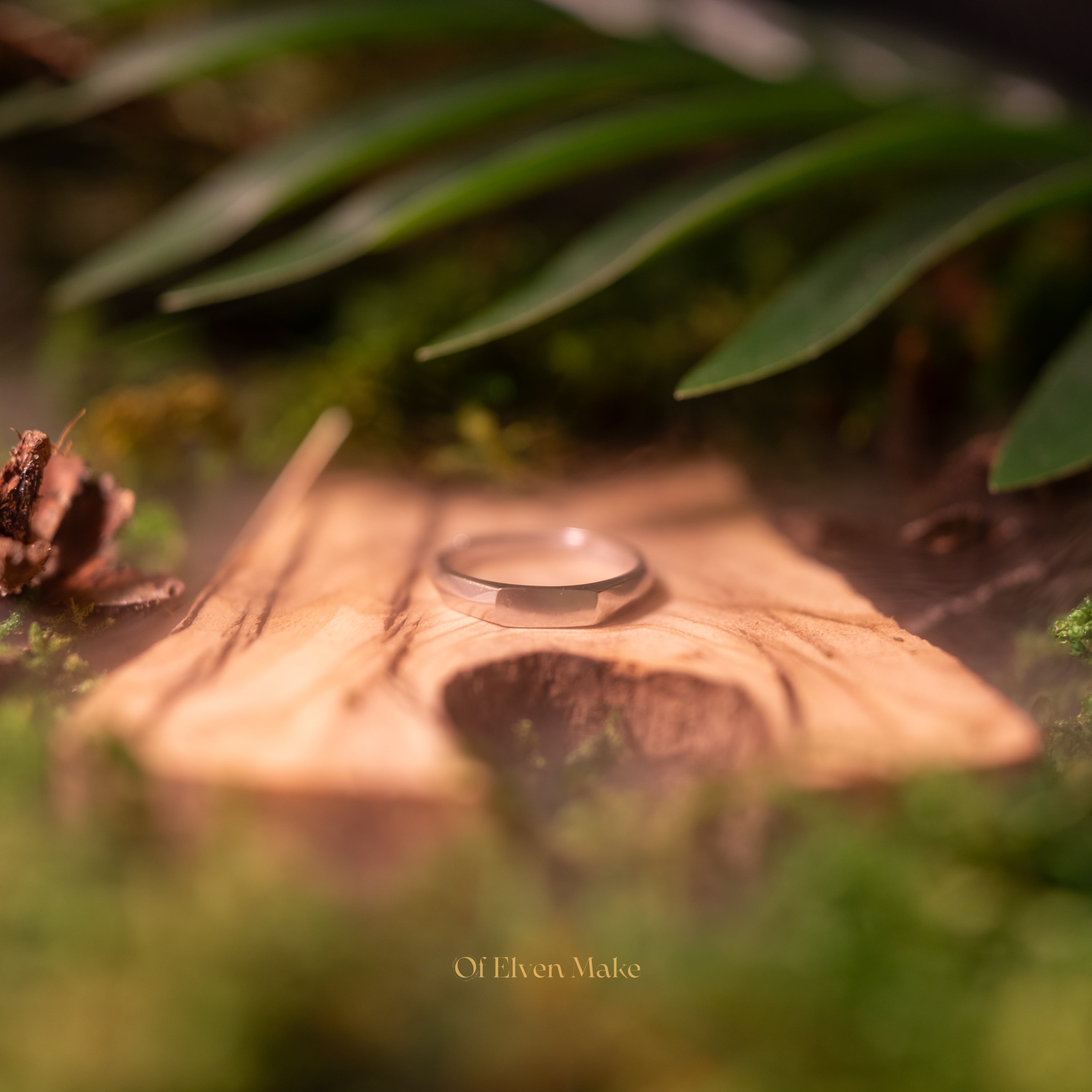
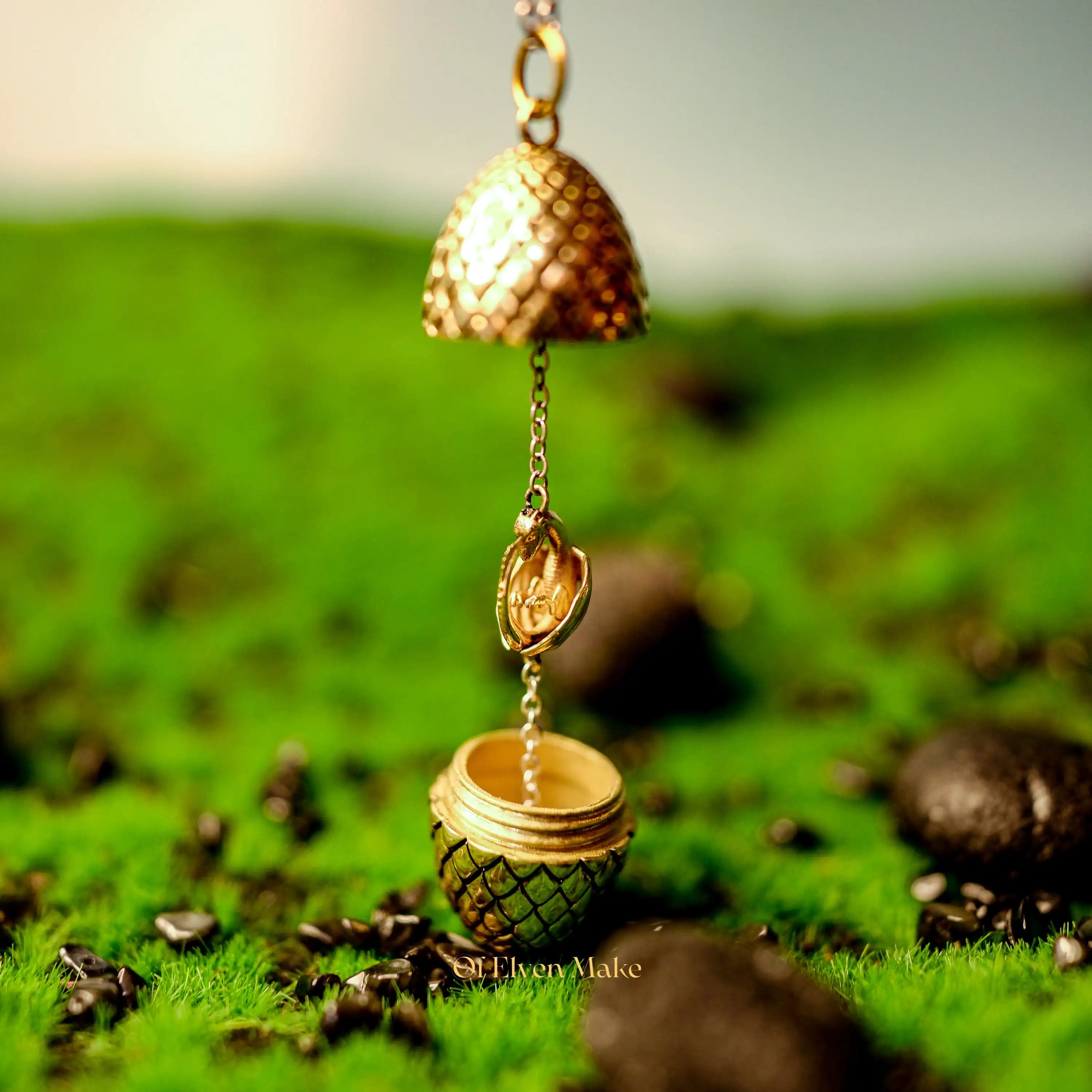
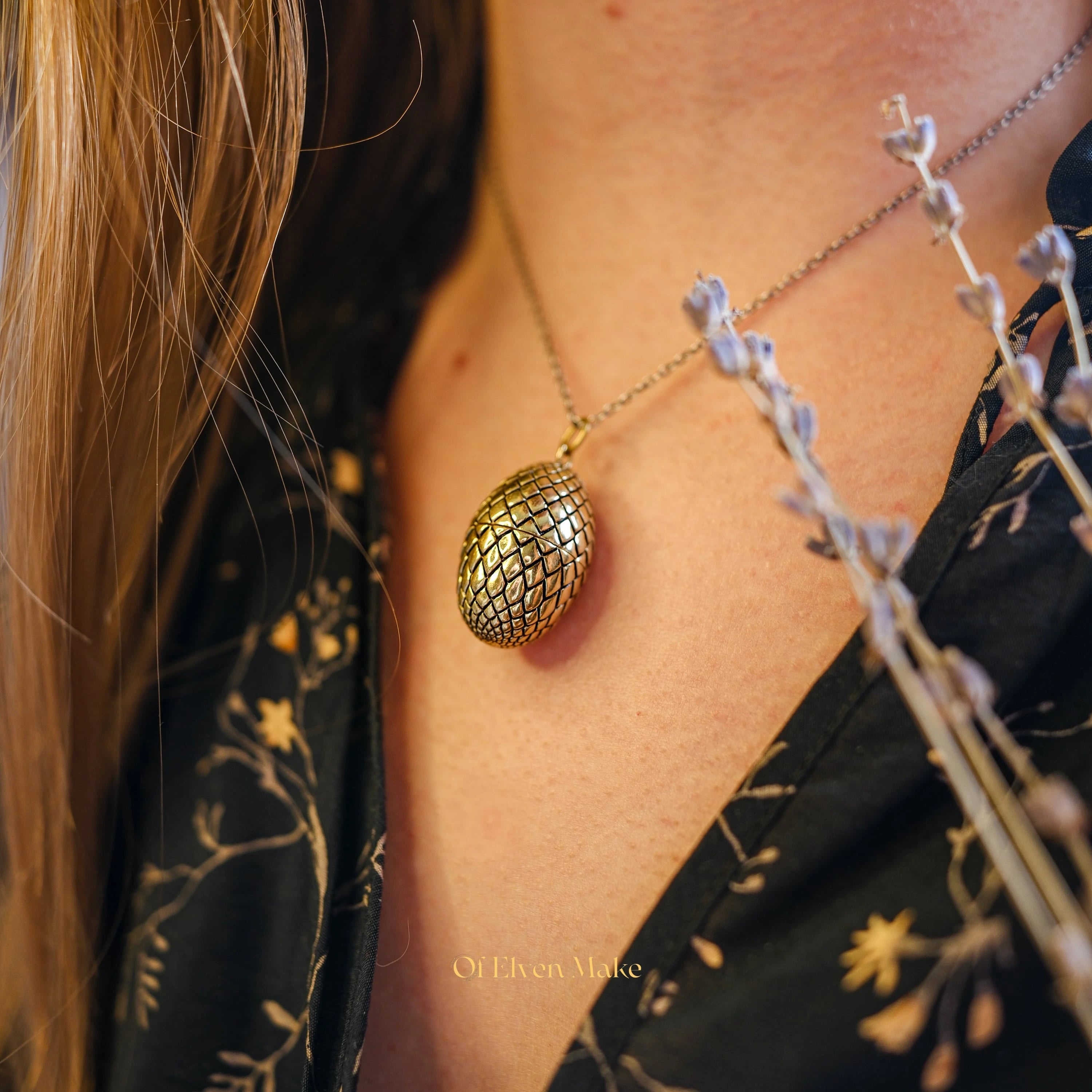
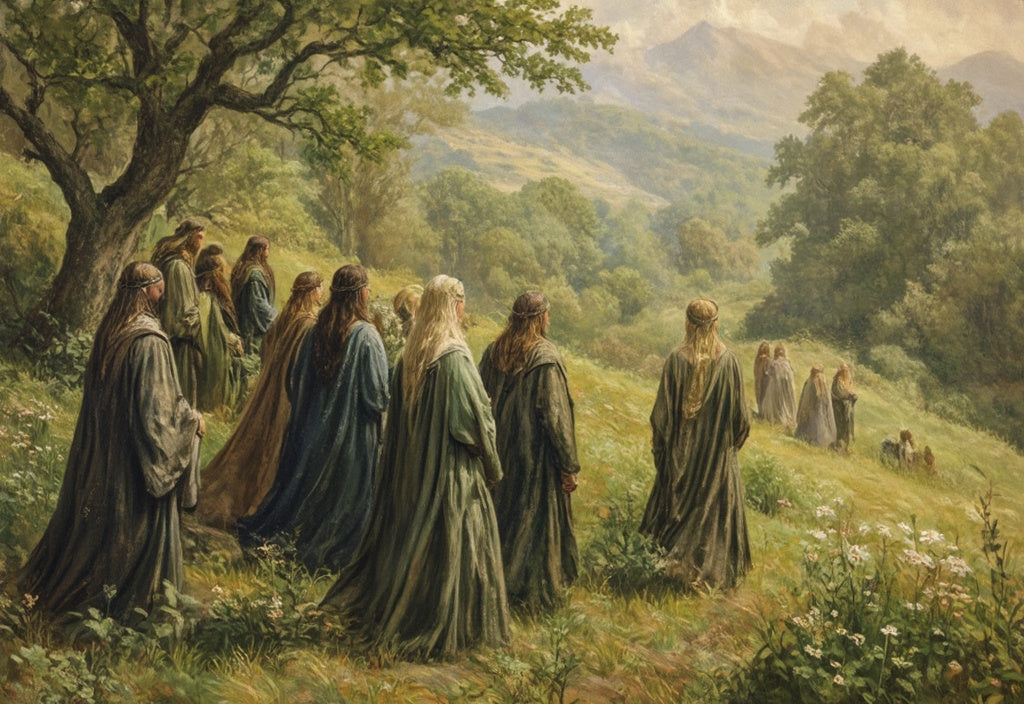
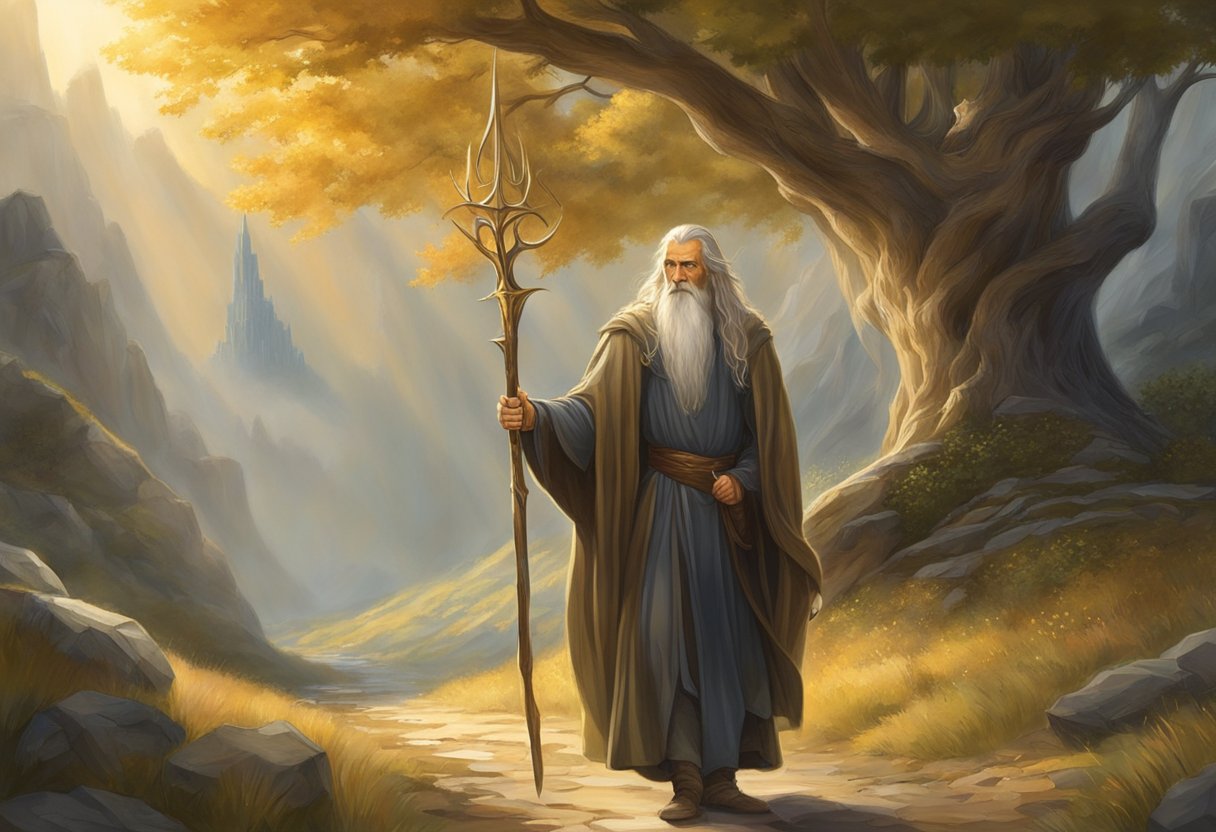
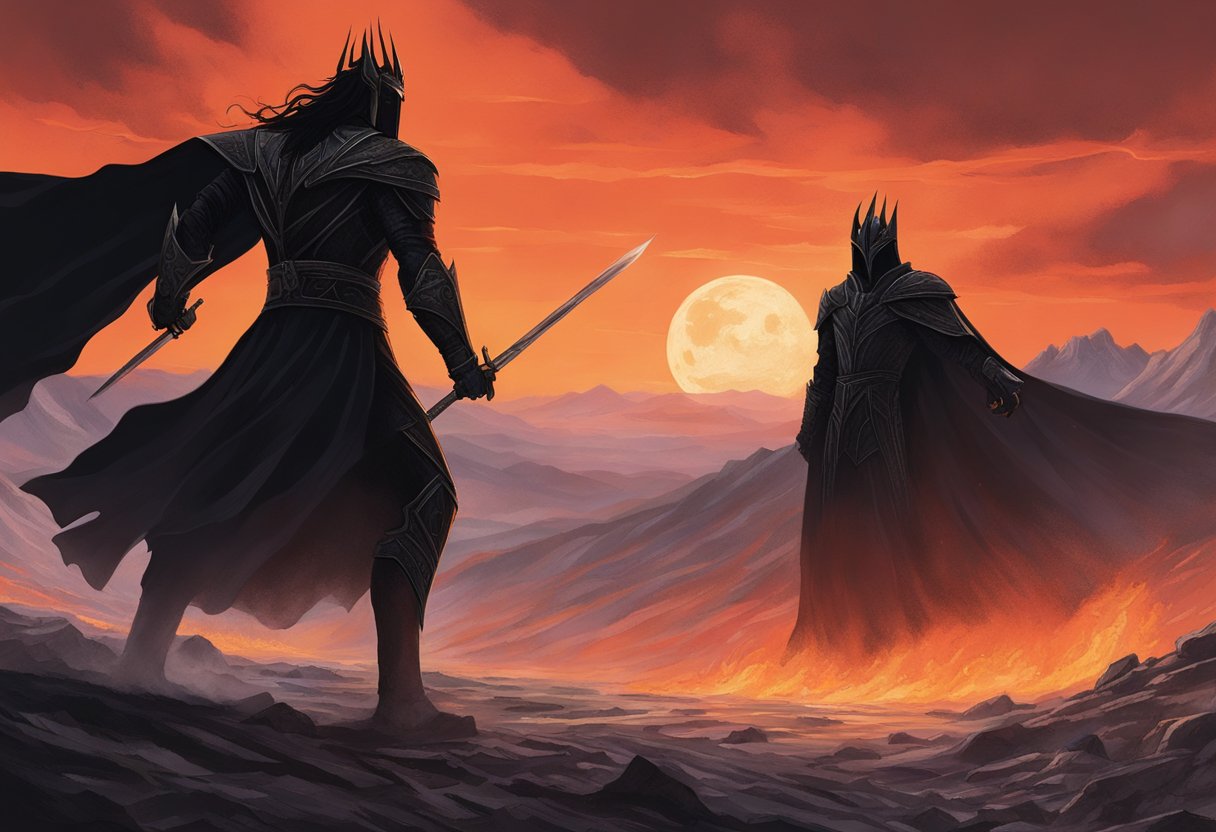
Leave a comment
This site is protected by hCaptcha and the hCaptcha Privacy Policy and Terms of Service apply.